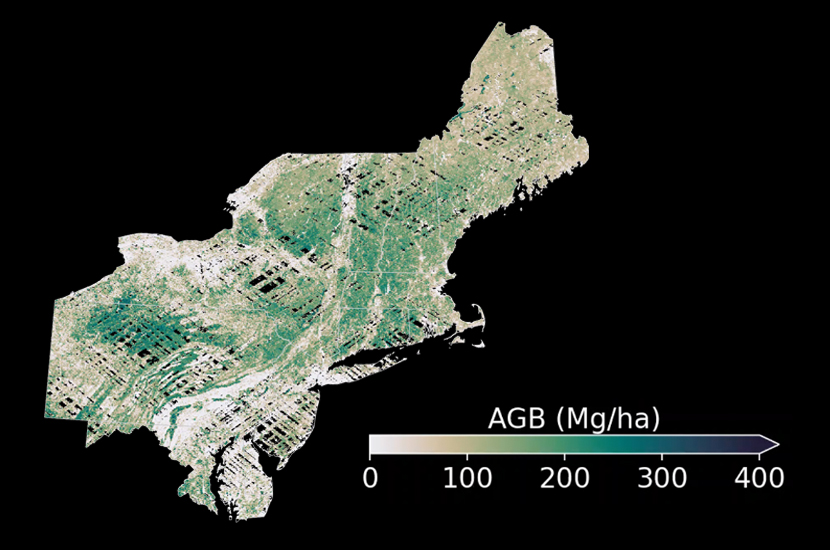Land
About Land
Tracking plant biomass in terrestrial ecosystems is an essential component of CMS. Biomass has been a focus of the NASA CMS since the program’s inception, funding projects that have further advanced our understanding of methods to map, track changes over time, characterize uncertainties in biomass estimates, and project future storage potential.
CMS projects have improved our understanding of the controls on biomass accumulation and loss in natural and managed systems. As a result, we have been able to provide valuable insight into the role of forests and cropland in greenhouse gas fluxes, including whether certain lands under agricultural use are carbon sinks, sources, or both, and under what conditions.
See how NASA's Carbon Monitoring System contributes to meeting the needs of the climate data user community.

High-Resolution Forest Carbon Monitoring and Modeling
High-resolution forest carbon monitoring and modeling utilizes field data and advanced remote sensing and modeling to provide consistent baseline maps, future carbon sequestration potentials, and annual monitoring to meet state needs for tracking forest carbon and developing climate mitigation plans.

Cropland Carbon Monitoring System (CCMS)
The Cropland Carbon Monitoring System was developed using the EPIC (Environmental Policy Integrated Climate Model) process-based agroecosystem model. CCMS provides annual cropland carbon storage and flux estimates for soybean, maize, and other crops in the United States.

Understanding Amazon Forest Degradation
Understanding Amazon forest degradation in South America is important to improve our understanding of the long-term carbon consequences of forest degradation. Intact forest and intact forest loss in the Amazon vary across different ecological areas, including areas with tree cover below 20%, wetlands, water bodies, savannas and mangroves.